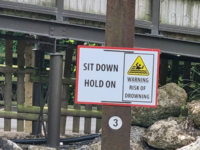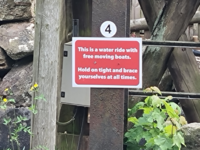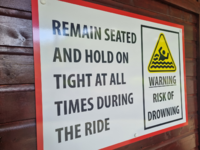Skyscraper
TS Member
- Favourite Ride
- Voltron Nevera
And what causes things to become unsafe and in disrepair? A lack of maintenance.I’d say both those examples aren’t comparable. Nemesis retains its iconic status since opening in 1994 and would be difficult to fill the space with, and Chessington were forced to change elements of Dragon Falls as they were in disrepair and unsafe





